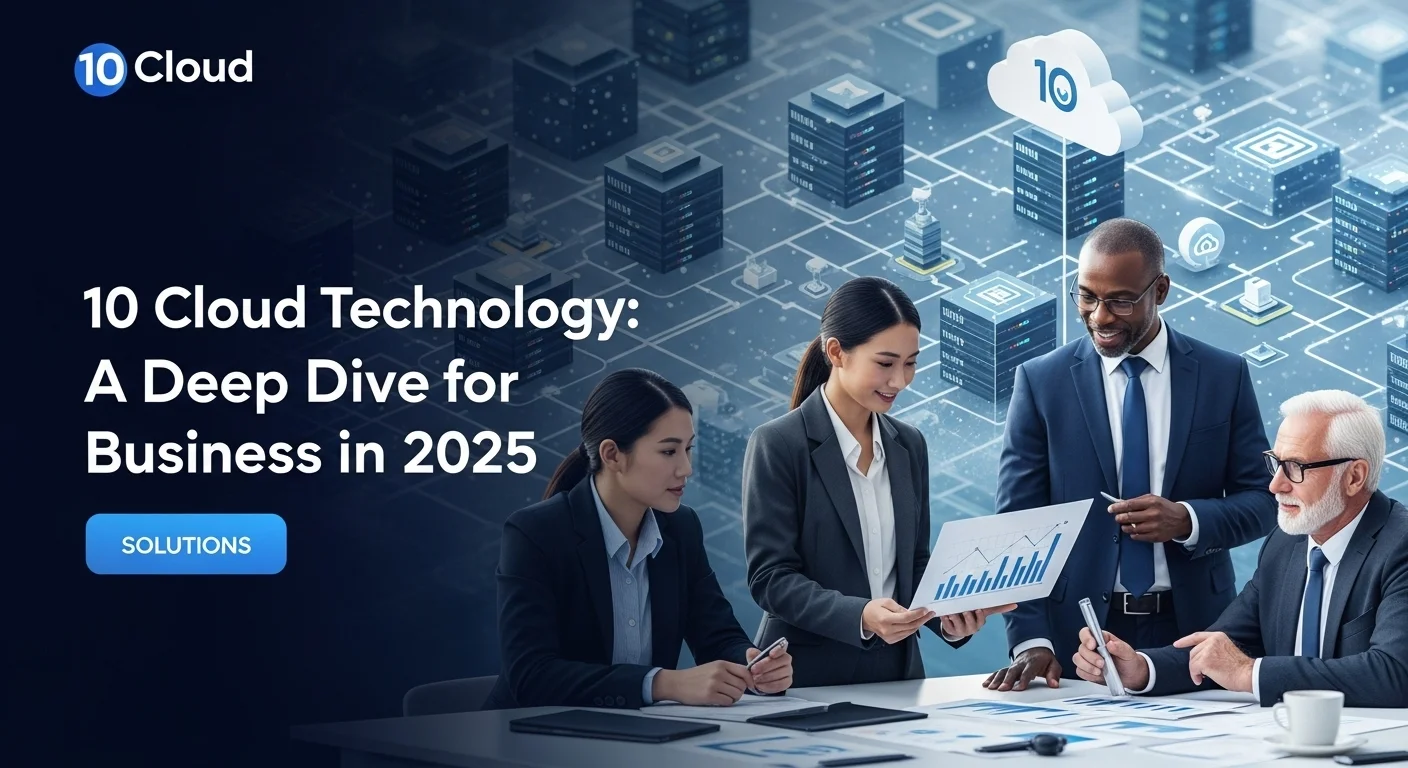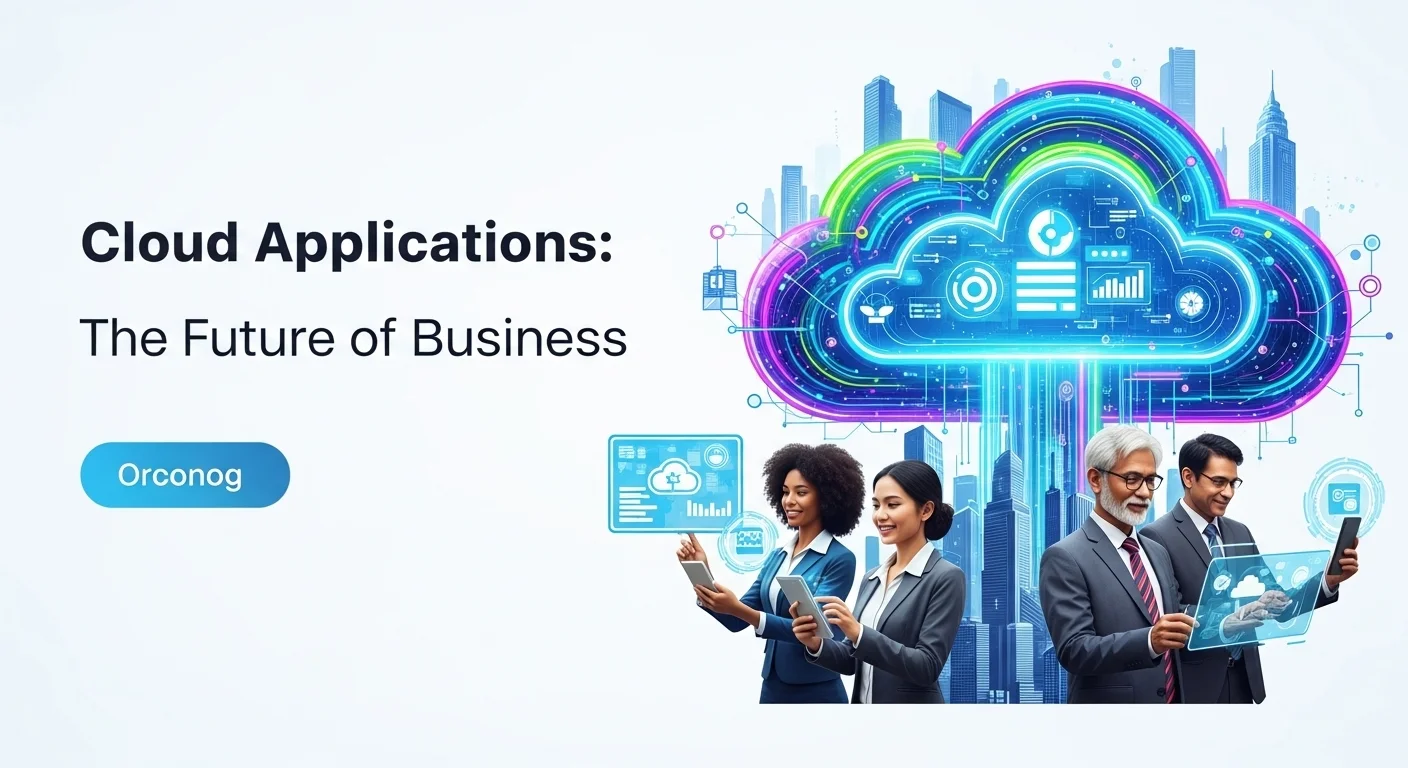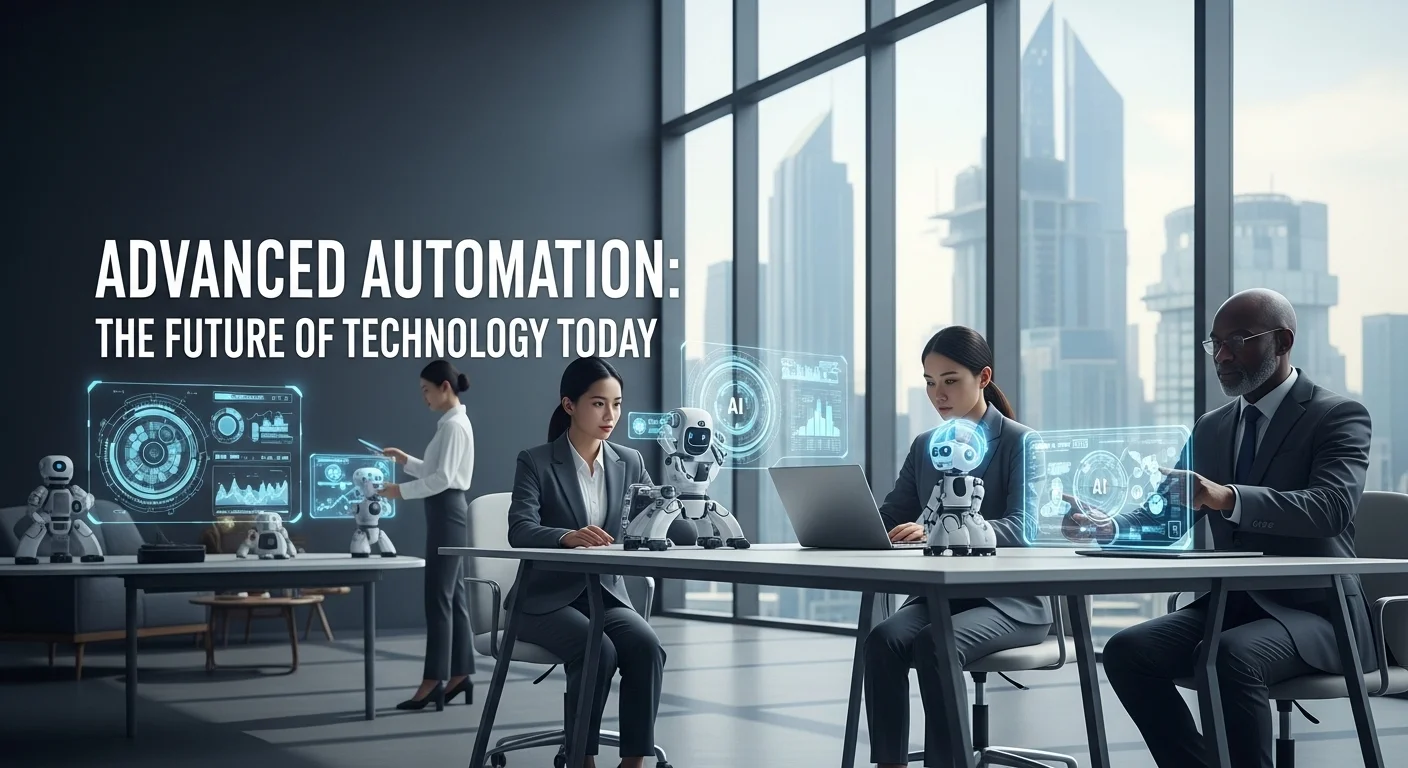Services Saas: The Core of Modern Business Technology
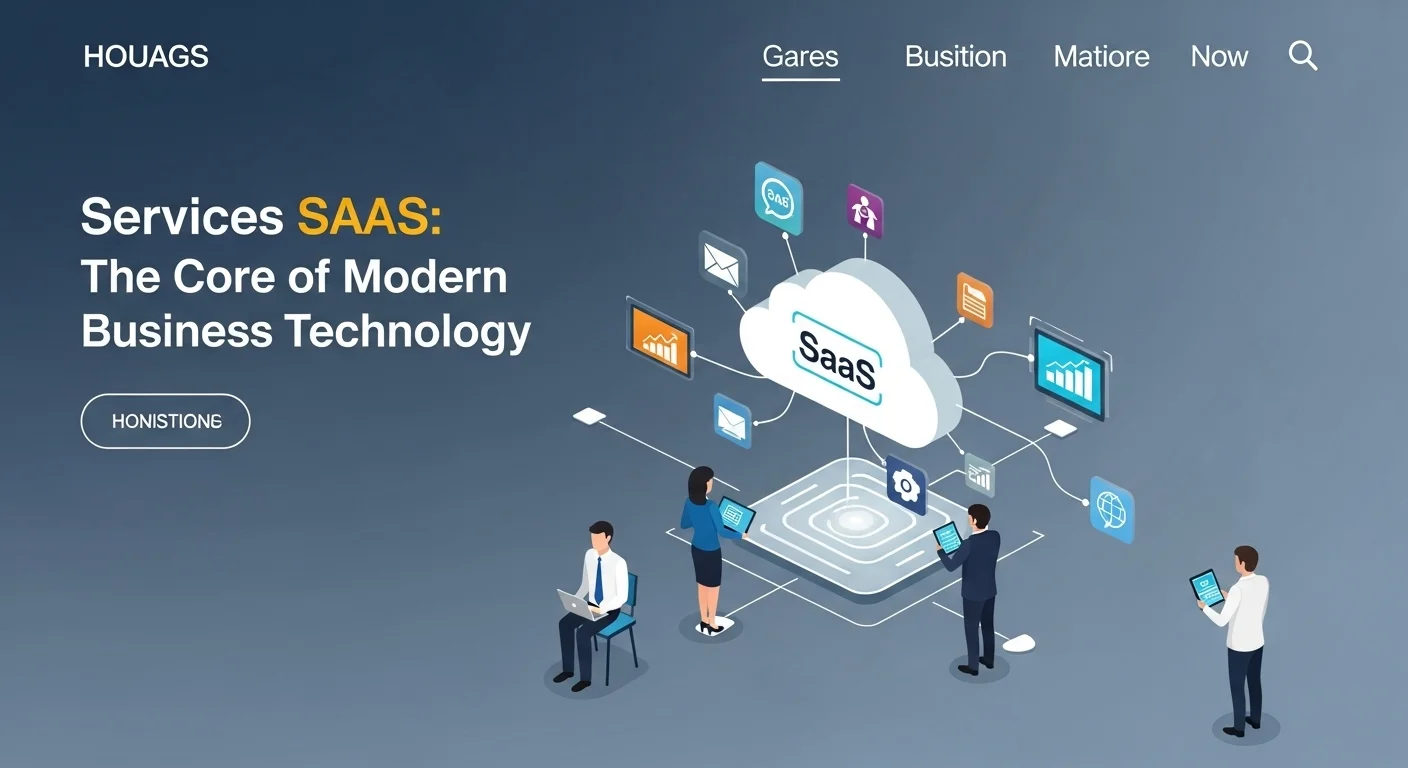
Executive Summary
Software as a Service (SaaS) has fundamentally reshaped the technology landscape, moving software from on-premise installations to a flexible, subscription-based cloud model. This article delves into the world of Services SaaS, exploring its critical importance for modern businesses and technology enthusiasts. We will cover the foundational concepts of SaaS, highlighting how it provides unparalleled accessibility, scalability, and cost-efficiency. For businesses, the adoption of saas cloud services translates into a significant competitive advantage, enabling rapid deployment of powerful tools without the burden of hardware management. For tech enthusiasts, understanding cloud computing services saas is key to grasping the future of software delivery and digital innovation. This comprehensive guide will navigate through the offerings of various saas cloud service providers, explain the nuances of saas integration services in cloud computing, and provide actionable strategies for leveraging this transformative technology. By understanding the ecosystem of saas service providers in cloud computing, organizations can unlock new levels of productivity and agility in an increasingly digital world.
Table of Contents
What is Services Saas and why is it important in Technology?
In the ever-evolving world of digital technology, few concepts have been as transformative as Software as a Service, commonly known as SaaS. At its core, SaaS is a software delivery model where applications are hosted by a third-party provider and made available to customers over the Internet. [12] Instead of installing and maintaining software on individual computers or in a company's own data center, users can simply access it through a web browser, freeing them from the complexities of software and hardware management. [10] This model is a fundamental component of the broader category of cloud computing, which also includes Infrastructure as a Service (IaaS) and Platform as a Service (PaaS). [2] While IaaS provides the basic building blocks of computing infrastructure and PaaS offers a platform for developers to build applications, SaaS delivers complete, ready-to-use software directly to the end-user. [3] This distinction makes SaaS one of the most visible and widely adopted forms of cloud technology today.
The importance of SaaS in modern technology cannot be overstated. It represents a paradigm shift from a product-centric model (buying a software license) to a service-oriented one (subscribing to a software service). This shift has democratized access to powerful software, allowing small and medium-sized businesses (SMBs) to utilize tools that were once only affordable for large enterprises. [27] The subscription-based, pay-as-you-go pricing model eliminates hefty upfront capital expenditures on software licenses and hardware, turning a capital expense (CapEx) into a more predictable operating expense (OpEx). [14, 25] This financial flexibility is a significant driver of its adoption. Furthermore, the responsibility for maintenance, updates, and security patches falls to the saas service providers in cloud computing, not the customer. [1] This alleviates the burden on internal IT departments, allowing them to focus on more strategic initiatives rather than routine software management. [12]
The Technological Foundation of SaaS
To appreciate the importance of SaaS, it's essential to understand its underlying technology. Most saas cloud services are built on a multi-tenant architecture. [3, 7] This means that a single instance of the software application runs on the provider's servers and serves multiple customers, or 'tenants'. [3] While all customers share the same application and infrastructure, their data is securely segregated and remains isolated from other tenants. [7] This model allows for incredible efficiency and resource optimization, which translates into lower costs for the customer. [12] The provider can maintain a single, up-to-date codebase, and when updates or new features are rolled out, they are instantly available to all users, ensuring everyone is on the latest version without needing manual installations. [7] This contrasts sharply with the traditional on-premise model, which often involves complex and disruptive upgrade cycles.
Another critical technological aspect is accessibility. Since SaaS applications are delivered over the internet, they can be accessed from any device with a web browser and an internet connection, be it a desktop, laptop, tablet, or smartphone. [22] This ubiquitous access is a cornerstone of modern work, enabling remote and hybrid work models, and fostering collaboration among geographically dispersed teams. The backbone of these services is the robust infrastructure provided by major cloud platforms like Amazon Web Services (AWS), Microsoft Azure, and Google Cloud Platform (GCP). [5] These platforms provide the scalability, reliability, and global reach that saas cloud service providers need to deliver a seamless experience to users worldwide.
Business Applications and Widespread Adoption
The application of SaaS spans nearly every business function imaginable. Customer Relationship Management (CRM) systems, like Salesforce, were among the earliest and most successful examples of SaaS, revolutionizing how companies manage customer interactions. [10] Today, the landscape of cloud computing services saas is vast and varied, including:
- Enterprise Resource Planning (ERP): Systems from providers like Oracle and SAP offer cloud-based solutions for managing core business processes, from finance and procurement to supply chain management. [14]
- Human Resources (HR): Platforms like Workday provide comprehensive tools for human capital management, payroll, and talent acquisition. [32]
- Collaboration and Communication: Tools such as Slack, Microsoft 365, and Google Workspace have become indispensable for team communication, document sharing, and project management. [10]
- Marketing and Sales Automation: Companies like HubSpot and Mailchimp offer suites of tools for automating marketing campaigns, managing leads, and analyzing performance. [32]
- Financial Services: SaaS solutions like QuickBooks and Intuit provide accounting and financial management tools for businesses of all sizes. [32]
This widespread adoption is fueled by a clear set of benefits. Businesses are drawn to the model's scalability; they can easily adjust their subscription levels as their needs change, adding or removing users and features without significant infrastructure changes. [22] This agility is a powerful competitive advantage in a fast-paced market. Moreover, the integration capabilities of modern SaaS platforms are a significant draw. The need for different systems to communicate has given rise to specialized saas integration services in cloud computing. Through Application Programming Interfaces (APIs), businesses can connect their various SaaS applications, creating automated workflows and a unified data ecosystem. [18] For example, integrating a CRM with an e-commerce platform can automatically sync customer data and order history, eliminating manual data entry and reducing errors. [18, 21]
Benefits for Businesses and Technology Leaders
For business leaders, the strategic benefits of adopting a SaaS model are compelling. The primary advantage is often seen in cost reduction. By eliminating the need to purchase and maintain expensive hardware and software licenses, companies can significantly lower their Total Cost of Ownership (TCO). [14] The predictable subscription fees also make budgeting easier and more transparent. [2] Beyond cost, speed and agility are paramount. SaaS applications can be deployed rapidly, often in a matter of hours or days, compared to the months it might take to implement a traditional on-premise system. [14] This allows businesses to innovate faster and respond more quickly to market opportunities.
For technology leaders like CIOs and IT managers, SaaS offers a way to offload operational burdens and refocus resources. Instead of spending time on server maintenance, security patching, and software updates, IT teams can concentrate on strategic projects that drive business value. Security can also be enhanced. Reputable saas cloud service providers invest heavily in security measures, often exceeding what an individual company could afford on its own. [2] They employ teams of experts to manage security, ensure compliance with regulations like GDPR, and provide robust data protection and disaster recovery capabilities. [8, 22] However, this also introduces a shared responsibility model, where the provider secures the platform, but the customer is responsible for managing user access and data correctly.
In conclusion, Software as a Service is not merely a technology trend; it is a fundamental pillar of modern business and technology strategy. It offers a powerful combination of financial benefits, operational efficiency, scalability, and accessibility that traditional software models cannot match. By leveraging the vast ecosystem of saas cloud services and the expertise of saas service providers in cloud computing, organizations can equip themselves with cutting-edge tools, foster innovation, and maintain a competitive edge. Understanding the principles of SaaS and the importance of areas like saas integration services in cloud computing is no longer optional for technology professionals—it is essential for navigating and succeeding in the digital economy.

Complete guide to Services Saas in Technology and Business Solutions
Diving deeper into the world of Services SaaS requires a comprehensive understanding of its technical methods, the business techniques that maximize its value, the resources available, and how different offerings compare. This guide is designed for business leaders, IT professionals, and entrepreneurs who seek to harness the full potential of cloud computing services saas. The transition to a SaaS-first strategy is more than a simple technology upgrade; it's a strategic business decision that impacts everything from operational efficiency to market agility.
Technical Methods: Architecture, Integration, and Security
The technical underpinnings of SaaS are what enable its hallmark features of scalability, accessibility, and efficiency. As previously mentioned, the dominant architectural model is multi-tenancy. From a provider's perspective, this model is highly efficient, allowing them to serve a large customer base from a single, shared infrastructure. [3] For the customer, this translates to lower subscription costs and the assurance that they are always using the most current version of the software. However, choosing a SaaS solution requires looking beyond the surface and understanding its technical robustness.
SaaS Integration Services in Cloud Computing: In today's business environment, no application is an island. Companies use a multitude of SaaS tools for different functions—CRM for sales, an ERP for finance, a marketing automation platform, and so on. The real power is unlocked when these systems can communicate and share data seamlessly. This is the domain of saas integration services in cloud computing. The primary mechanism for this is the Application Programming Interface (API). [21] An API is a set of rules and protocols that allows different software applications to talk to each other. [38] When evaluating a SaaS provider, the quality and comprehensiveness of their API are critical considerations. A well-documented, robust API enables developers to build custom integrations and automated workflows.
For businesses that lack in-house development resources or need to connect many applications, Integration Platform as a Service (iPaaS) solutions like MuleSoft or Workato have emerged. [18, 37] These platforms act as a central hub, providing pre-built connectors and visual workflow builders that simplify the process of linking various saas cloud services. For example, an iPaaS can be used to create a workflow where a new lead in a Salesforce CRM automatically triggers the creation of a customer profile in a NetSuite ERP and adds them to a mailing list in Mailchimp. This level of automation eliminates manual data entry, reduces the risk of human error, and ensures data consistency across the organization. [34]
Security and Compliance: Handing over your data and applications to a third party necessitates a rigorous approach to security. While leading saas cloud service providers invest heavily in securing their infrastructure, the customer retains responsibility for securing their own data and user access. [26] Key security considerations include:
- Identity and Access Management (IAM): Robust IAM is crucial. This includes implementing Single Sign-On (SSO) to centralize user authentication and enforcing Multi-Factor Authentication (MFA) to add a critical layer of security. [13, 36] SSO allows users to log in once and access multiple applications, improving user experience while giving administrators centralized control. [36]
- Data Encryption: Data must be encrypted both in transit (as it travels over the internet) and at rest (when stored on the provider's servers). [8] Businesses should verify the provider's encryption standards and practices.
- Compliance Certifications: Depending on the industry and geographic location, businesses must adhere to regulations like GDPR, HIPAA, or CCPA. [13] It is vital to choose a SaaS provider that can demonstrate compliance with the relevant standards and provides tools to help customers meet their own regulatory obligations.
- Vendor Security Assessments: Before committing to a provider, businesses should conduct thorough security assessments, reviewing their security policies, incident response plans, and third-party audit reports (like SOC 2). [23]
Business Techniques for Leveraging SaaS
Adopting SaaS is not just about replacing old software; it's about transforming business processes. To achieve a significant return on investment, companies must employ specific techniques.
Process Automation: The core business technique is to identify and automate manual, repetitive tasks. By integrating different SaaS applications, businesses can create automated workflows that streamline operations. For example, the entire order-to-cash process can be automated, from an online purchase triggering an invoice in the accounting system to updating inventory levels in the ERP. [14] This not only saves time but also frees up employees to focus on higher-value activities.
Data-Driven Decision Making: SaaS applications generate a wealth of data. By integrating data from various systems—sales data from a CRM, marketing data from an automation platform, financial data from an ERP—businesses can gain a holistic view of their operations. [21] Using business intelligence (BI) and analytics tools (which are often SaaS products themselves), companies can analyze this unified dataset to uncover trends, predict outcomes, and make more informed strategic decisions.
Enhancing Customer Experience (CX): SaaS tools can be leveraged to create a seamless and personalized customer journey. By integrating a CRM with customer support software and marketing platforms, a company can have a 360-degree view of each customer. This allows for personalized marketing, proactive customer service, and a more cohesive overall experience. [2] AI-powered features, increasingly embedded in SaaS products, can further enhance this with predictive analytics and personalized recommendations. [43]
Comparing SaaS Service Providers in Cloud Computing
The market for saas service providers in cloud computing is incredibly diverse, ranging from large, horizontal platforms to small, niche, vertical solutions. When comparing providers, businesses should consider several factors:
- Functionality and Features: Does the core functionality of the application meet the business's specific needs? It's important to differentiate between essential features and 'nice-to-haves'. Conduct a thorough needs analysis and involve end-users in the evaluation process. [33]
- Scalability and Performance: Will the provider be able to support the business as it grows? Inquire about their infrastructure, uptime guarantees (Service Level Agreements or SLAs), and how they handle performance under heavy load. [7]
- Integration Capabilities: As discussed, the ability to integrate with other systems is paramount. Evaluate the provider's API, its ecosystem of pre-built integrations, and its compatibility with major iPaaS platforms. [43]
- Total Cost of Ownership (TCO): Look beyond the subscription price. Consider costs related to implementation, data migration, training, and potential customization. A low subscription fee might be offset by high ancillary costs. [14]
- Vendor Viability and Support: Is the provider a stable, well-established company or a new startup? Assess their financial stability, customer support reputation, and product roadmap. A long-term partnership requires a reliable vendor. [32]
Major players like Microsoft, Salesforce, Google, and Oracle offer comprehensive suites of connected business applications, providing a one-stop-shop experience. [32] These large vendors often provide robust security and reliability. However, specialized, best-of-breed providers often offer deeper functionality in a specific area. The choice between an all-in-one suite and a best-of-breed approach depends on the company's specific needs, existing technology stack, and integration strategy. A complete guide to Services SaaS must emphasize that the right choice is highly contextual. By carefully evaluating the technical methods, applying strategic business techniques, and performing a detailed comparison of available resources and providers, businesses can successfully navigate the SaaS landscape and build a technology stack that drives growth and efficiency.
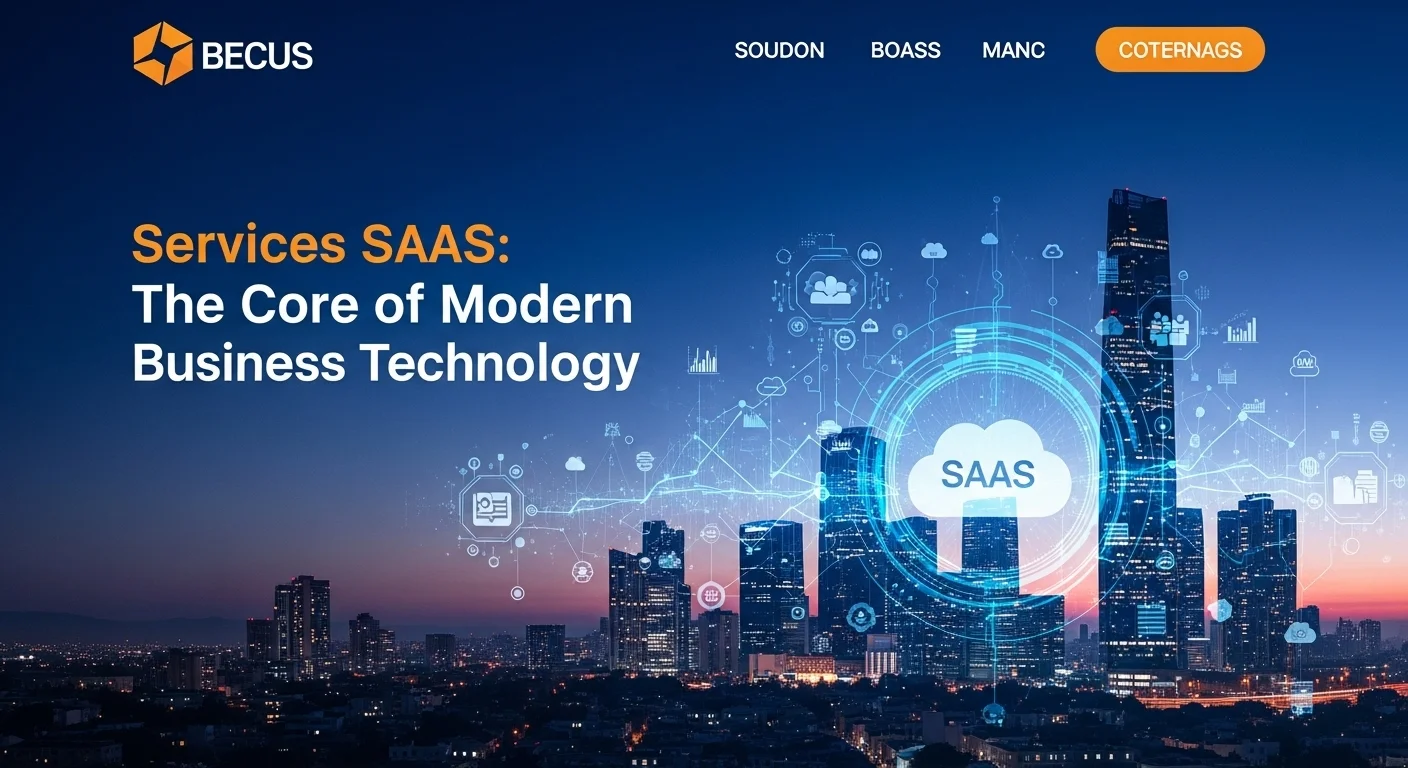
Tips and strategies for Services Saas to improve your Technology experience
Successfully adopting and managing Software as a Service is an ongoing process, not a one-time project. To truly maximize the value derived from saas cloud services, organizations need to implement robust strategies and best practices. This section provides practical tips and advanced strategies for businesses to enhance their technology experience, covering everything from SaaS management and cost optimization to security hardening and fostering a culture of continuous improvement. By moving beyond basic implementation, companies can transform their SaaS stack into a powerful, efficient, and secure engine for growth.
Best Practices for SaaS Management and Operations (SaaSOps)
As the number of SaaS applications within an organization grows—a phenomenon known as SaaS sprawl—managing them effectively becomes a significant challenge. A dedicated practice, often called SaaSOps, has emerged to address this. The goal of SaaSOps is to centralize the management, security, and financial oversight of a company's entire SaaS portfolio.
1. Create a Centralized SaaS Inventory: The first step is to gain visibility. You cannot manage what you cannot see. It's crucial to create and maintain a comprehensive inventory of all SaaS applications used across the organization. [19] This includes discovering 'shadow IT'—apps that employees use without official approval. [23] SaaS management platforms (SMPs) can automate this discovery process by integrating with financial systems and single sign-on (SSO) logs to identify all subscriptions.
2. Automate User Lifecycle Management: Onboarding and offboarding employees can be a complex process involving granting and revoking access to dozens of applications. Automating this user lifecycle is a critical best practice. [19] When a new employee joins, automated workflows should provision their accounts in all necessary applications based on their role. More importantly, when an employee leaves, automated offboarding ensures that their access to all systems is immediately and completely revoked, which is a major security benefit. [19]
3. Optimize SaaS Spend: Without careful management, SaaS costs can spiral out of control. Regularly review your SaaS inventory to identify redundant applications (where multiple tools serve the same purpose), and unused or underutilized licenses. [19] Many SMPs provide usage analytics to help identify these optimization opportunities. Consolidating overlapping applications and de-provisioning inactive licenses can lead to significant cost savings.
Advanced Strategies for Security and Compliance
While saas service providers in cloud computing manage the security *of* the cloud, the customer is responsible for security *in* the cloud. This requires a proactive and layered security strategy.
1. Implement a Zero Trust Security Model: The traditional security model of a secure network perimeter is obsolete in a cloud-first world. A Zero Trust approach assumes that no user or device is inherently trustworthy, whether inside or outside the corporate network. Every access request must be explicitly verified. For SaaS, this means enforcing strict identity verification (using SSO and MFA), ensuring device health, and applying granular access policies that grant users the minimum level of privilege necessary to perform their jobs (Principle of Least Privilege). [36]
2. Leverage a Cloud Access Security Broker (CASB): A CASB is a security policy enforcement point that sits between cloud service users and cloud applications. It can provide visibility into SaaS usage, enforce security policies like data loss prevention (DLP), and detect threats. [8] For example, a CASB can be configured to block the download of sensitive data to an unmanaged personal device or to encrypt certain data types before they are uploaded to a SaaS application.
3. Continuously Monitor and Audit: Security is not a set-it-and-forget-it task. Organizations must continuously monitor their SaaS environments for misconfigurations and suspicious activity. [23] Tools like SaaS Security Posture Management (SSPM) can automatically scan application settings to ensure they align with security best practices and compliance requirements. [8] Regular security audits and access reviews should be conducted to ensure that permissions are still appropriate and that security controls are effective. [13]
Maximizing Value Through Integration and User Adoption
The technical implementation of saas integration services in cloud computing is only half the battle. The other half is ensuring these tools are used effectively to drive business value.
1. Develop a Strategic Integration Roadmap: Instead of creating integrations on an ad-hoc basis, develop a strategic roadmap. Identify the most critical business processes that span multiple systems and prioritize integrations that will deliver the highest impact. For instance, integrating your CRM with your project management tool can automate the creation of project tasks when a deal is closed, ensuring a smooth handoff from sales to delivery. This strategic approach to leveraging cloud computing services saas ensures that development efforts are aligned with business goals.
2. Focus on User Training and Adoption: A powerful tool is useless if no one knows how to use it properly. Invest in comprehensive training for employees. This should go beyond basic functionality and focus on how the tool fits into their specific workflows. Create an internal knowledge base with guides, best practices, and video tutorials. Fostering a community of 'power users' or champions can also help drive adoption and share knowledge organically.
3. Establish a Feedback Loop for Continuous Improvement: Regularly solicit feedback from end-users about their experience with the SaaS applications. Are there pain points in their workflows? Are there features they need that are currently unavailable? This feedback is invaluable for refining processes, identifying needs for new integrations, and communicating feature requests to your saas cloud service providers. This iterative approach ensures that your technology stack evolves with your business needs.
For further reading on how to build and scale a SaaS business itself, a quality external resource is the blog maintained by venture capital firm Andreessen Horowitz (a16z), which frequently publishes in-depth articles on SaaS metrics, growth strategies, and market trends.
In conclusion, treating Services SaaS as a strategic asset requires a multi-faceted approach. By combining disciplined SaaSOps practices, a robust security posture, and a focus on strategic integration and user adoption, businesses can unlock the full potential of their investment. The world of saas cloud services offers unprecedented opportunities for efficiency, innovation, and agility, but realizing these benefits demands a commitment to continuous management, optimization, and improvement.
Expert Reviews & Testimonials
Sarah Johnson, Business Owner ⭐⭐⭐
The information about Services Saas is correct but I think they could add more practical examples for business owners like us.
Mike Chen, IT Consultant ⭐⭐⭐⭐
Useful article about Services Saas. It helped me better understand the topic, although some concepts could be explained more simply.
Emma Davis, Tech Expert ⭐⭐⭐⭐⭐
Excellent article! Very comprehensive on Services Saas. It helped me a lot for my specialization and I understood everything perfectly.

